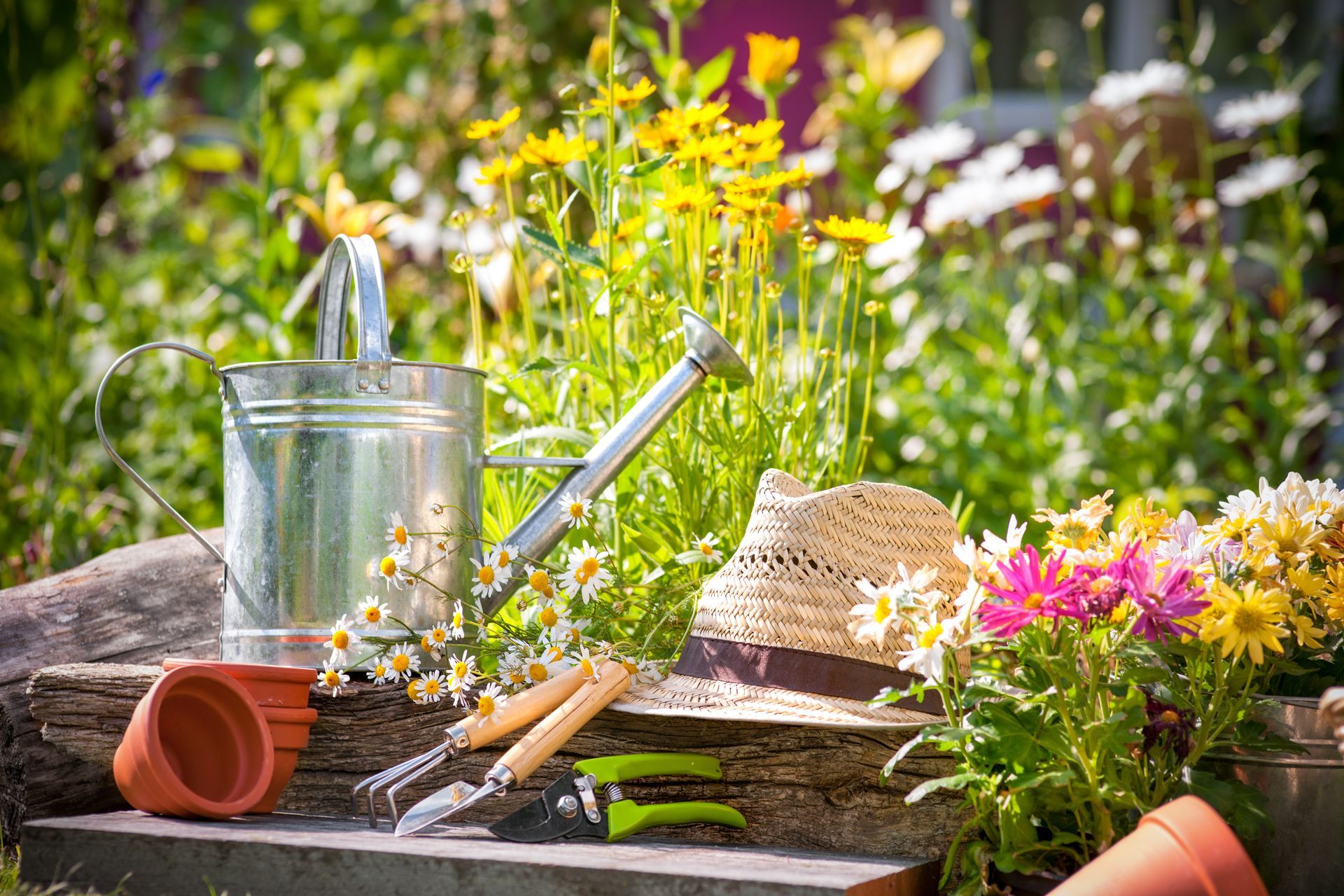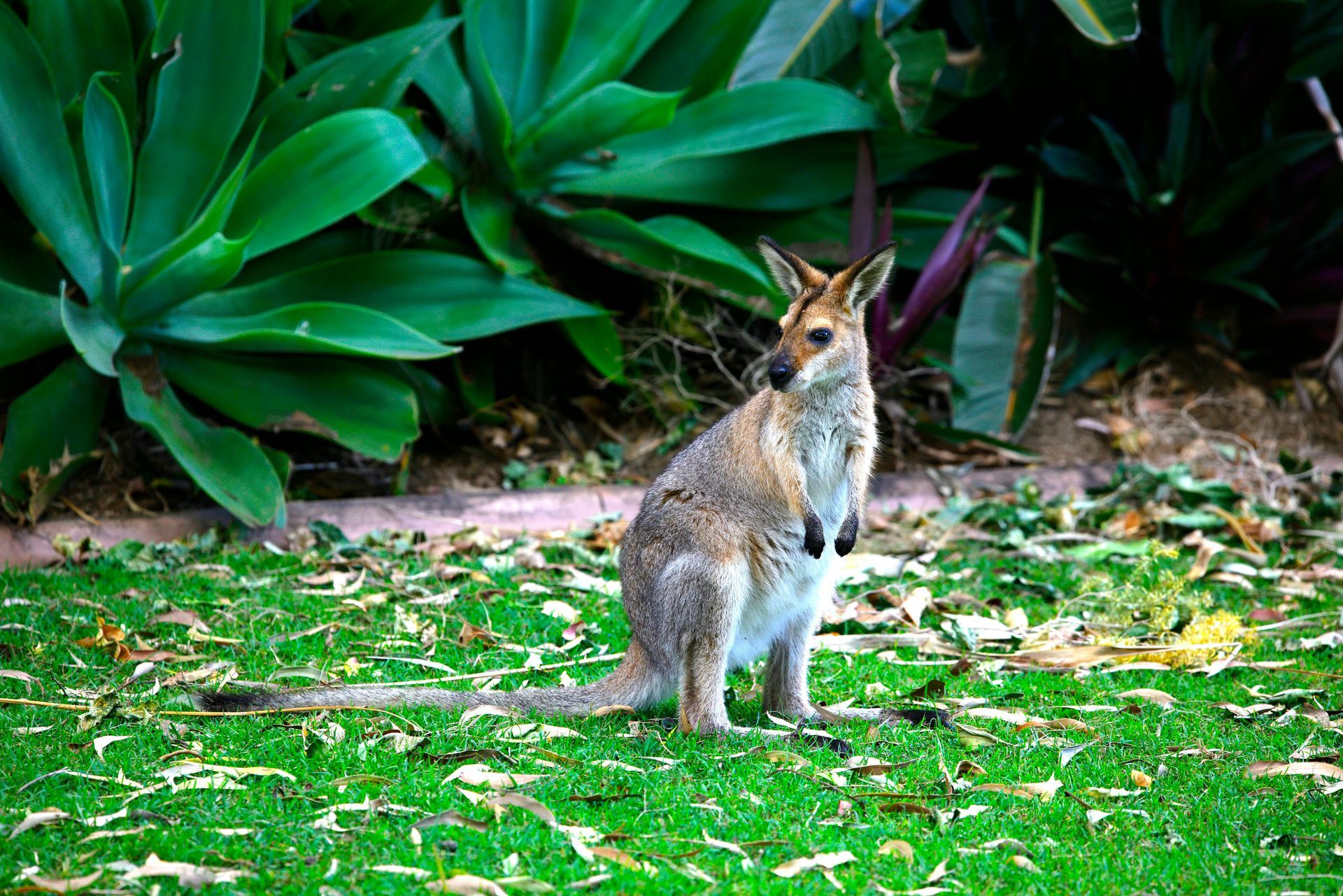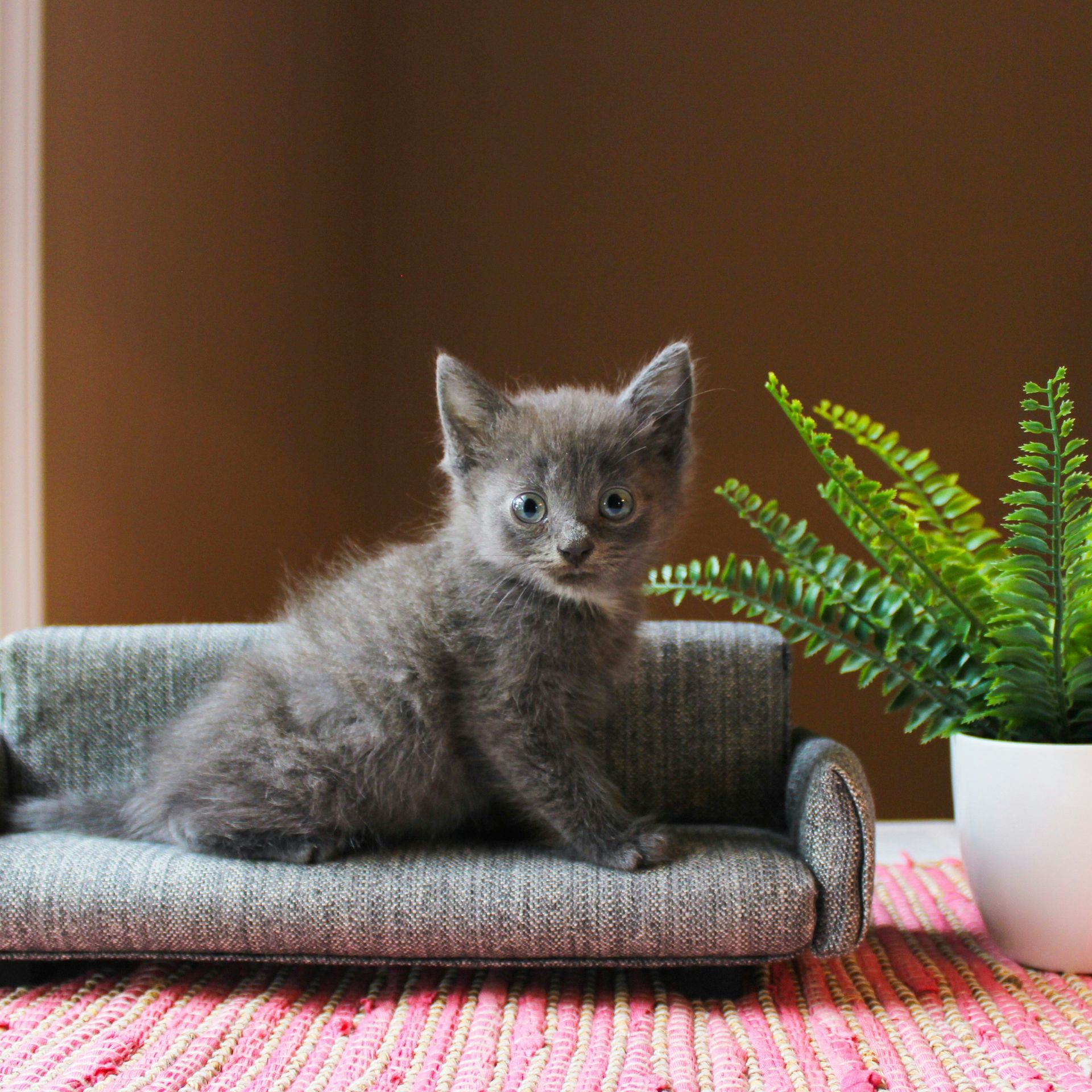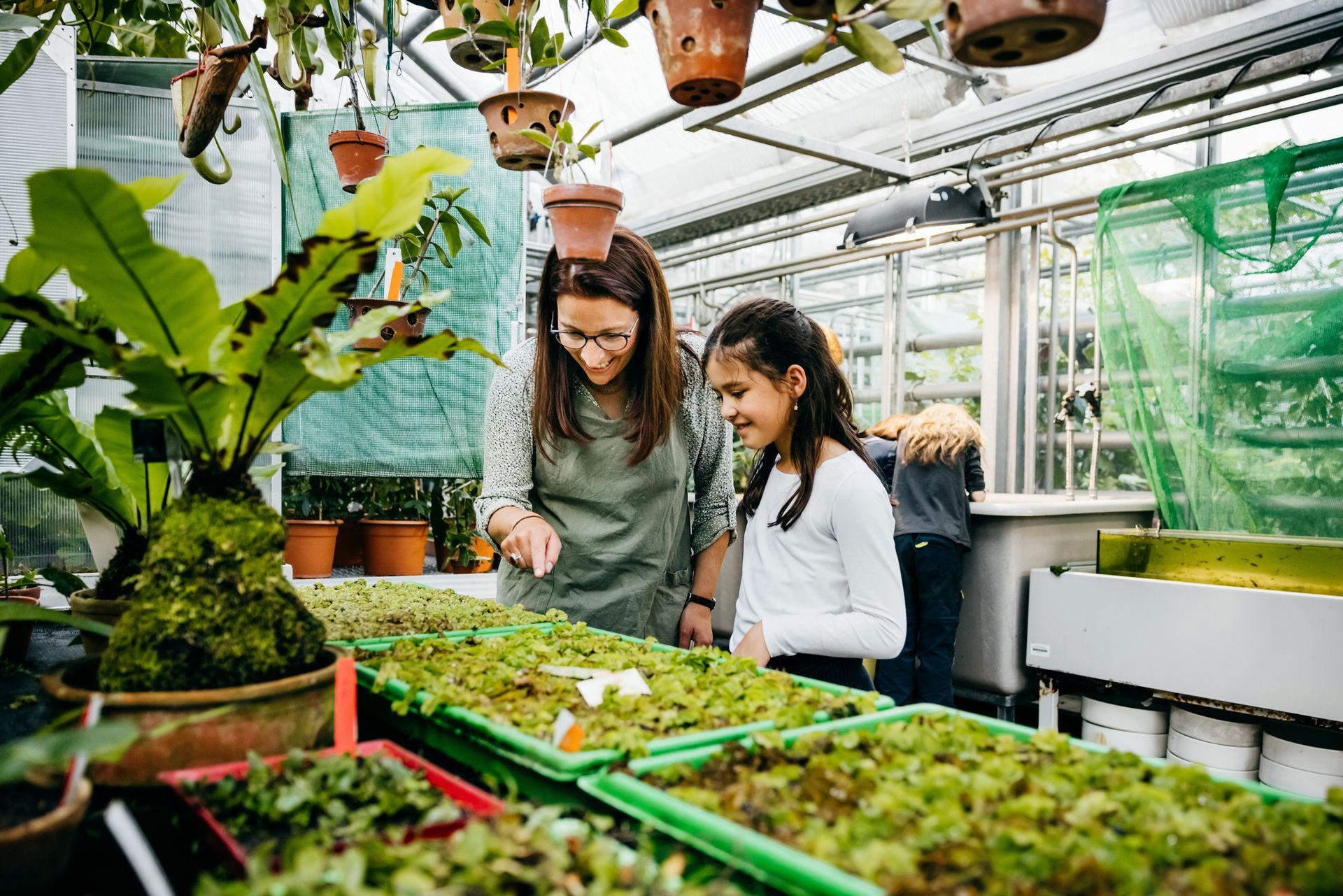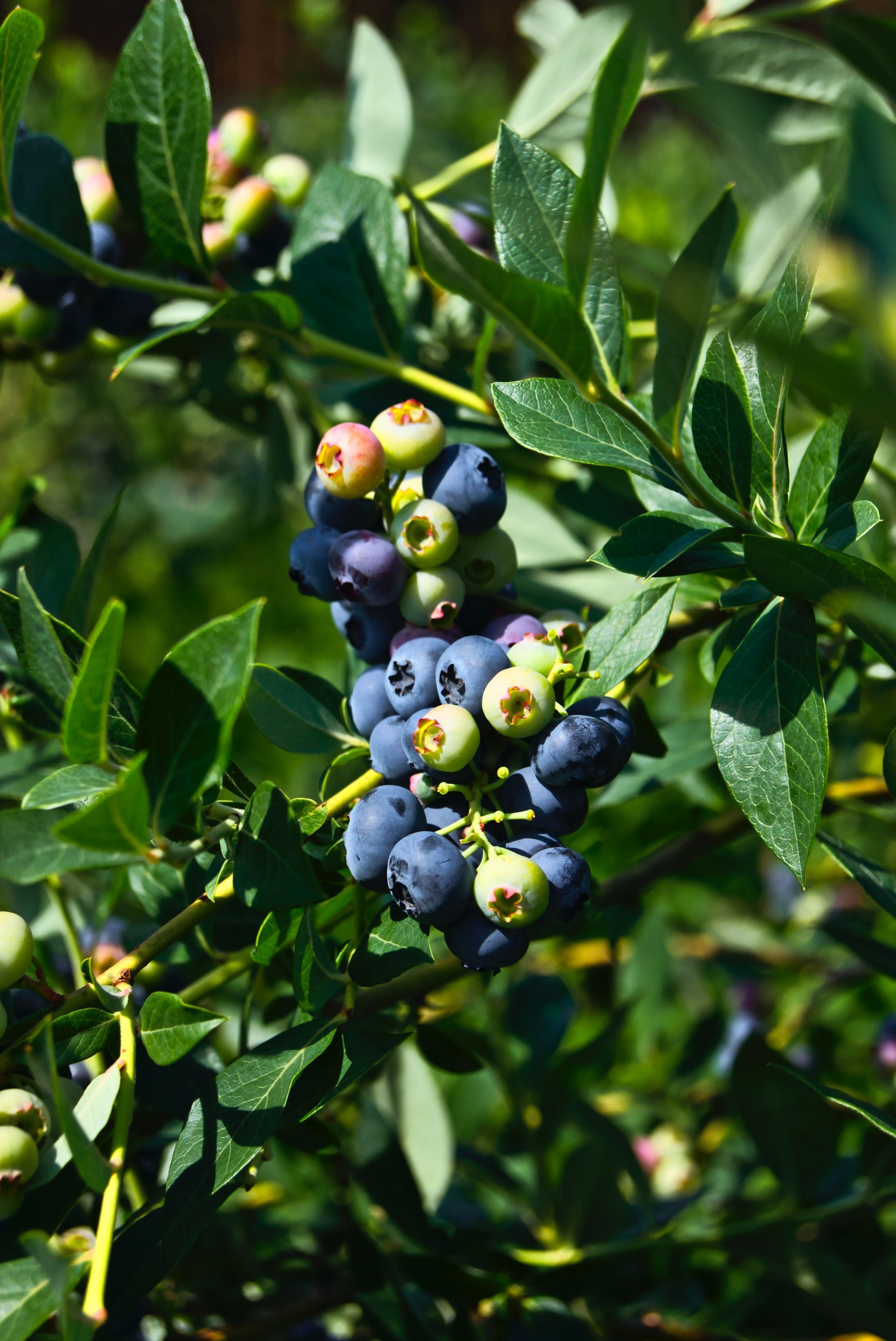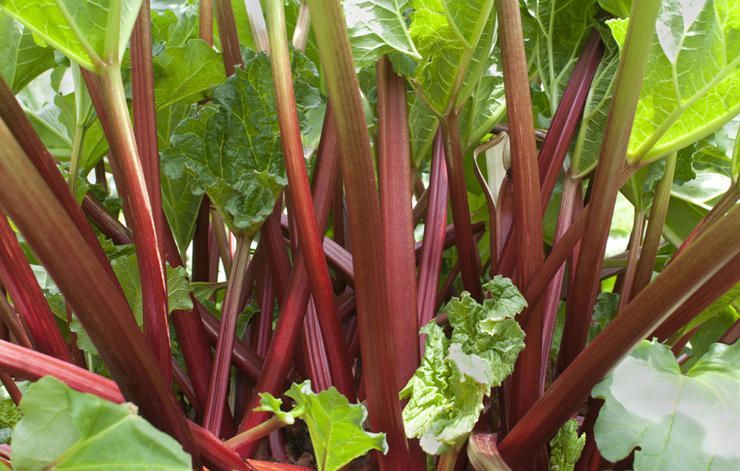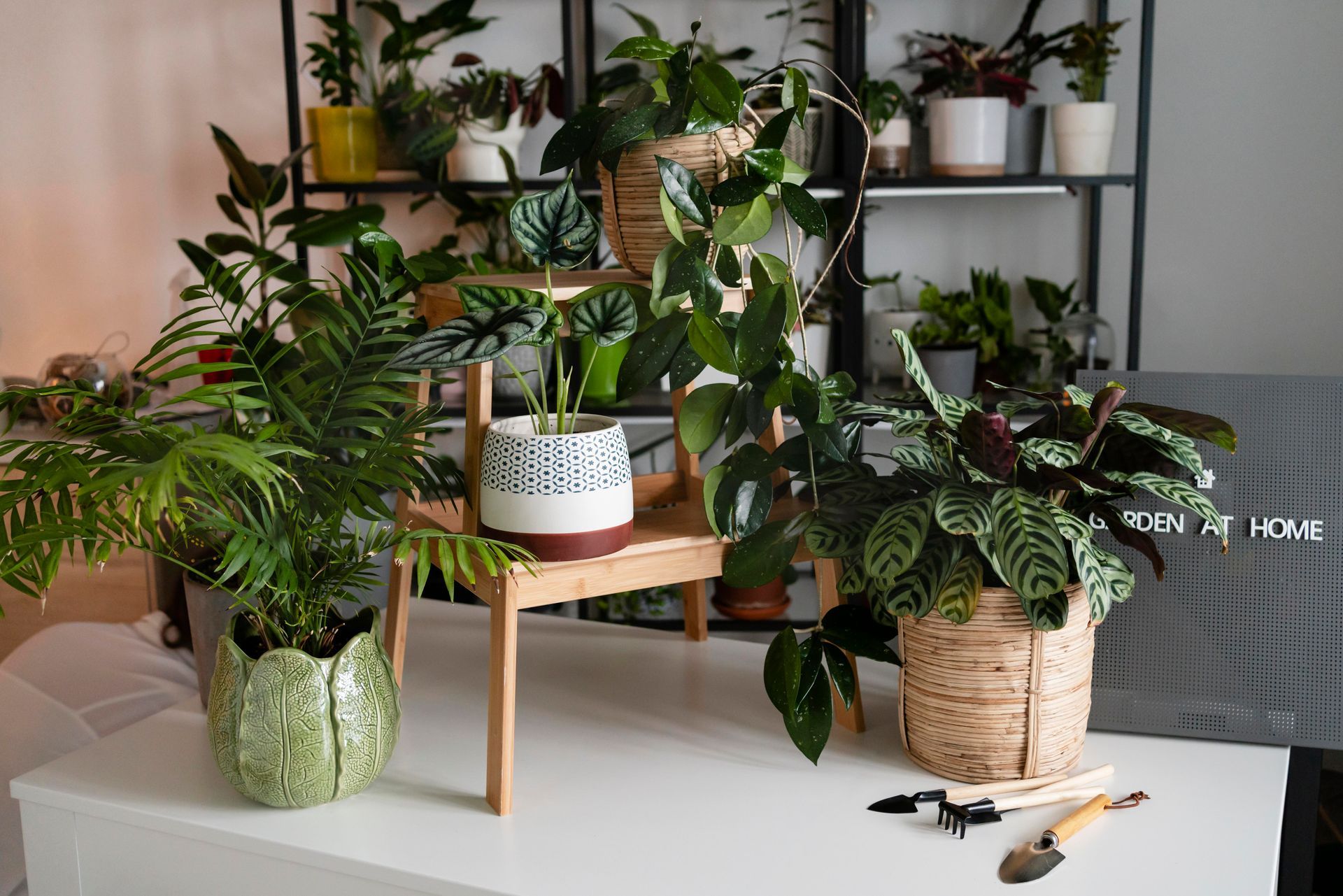Whether temporary or permanent, the home office has become an important space as more people are working from home. A pleasant and comfortable work zone will improve work satisfaction and productivity. If a temporary home office space is required, here are some keys to ensure that your work space is a pleasant and enjoyable place to be.
The Position – Ideally a space away from the activities of the household is desirable. A spare room transformed is excellent if this is available. It will mean changes and rearranging, but this is normally achievable with skillful use of space.
It is not always possible to find a spare room and a small area of the main living space may need to be claimed. This should be screened off from the living area as much as possible. Plants are great for screening off a separate work space. Create your own little jungle corner.
Think Big – If the space is available, bring in some large potted plants. Olive trees are very hardy and will cope with periods indoors. Even Citrus trees can be added to your indoor space and bring with them a wonderful fresh fragrance. Think outside the normal to bring the natural goodness of the outdoors to the indoor spaces.
Your View – Windows will give access to fresh air and a view of the great outdoors. A view into the garden is fantastic and will connect you beautifully. If the view is less than inspiring, create a view with plants. This can be a garden or a collection of potted plants.
The Workspace – A desk or table with ample room for equipment is ideal. The key to working at home is to be organised. Bookwork and papers can easily be piled if organised correctly. A comfortable chair is a necessity for the long hours of sitting. To be able to use the chair from the ‘normal’ office is a huge advantage if this is possible. A beautiful potted plant or two in your space will make life much more pleasant.
The Routine – Work in some daily exercise. Have your start and finish times. Take your breaks with a walk around the garden. This is a great chance to check on the progress of the veggie patch. A ten minute stretch and stroll is recommended for each hour of sitting. When the workday is done, close everything down and be prepared for the next day. Resist the temptation to return to work projects until it is start time tomorrow. A good walk or a half hour in the garden will give a great unwind time to move into an after-work mindset.
Plants are proven to improve the air quality and general well-being of our spaces and our lives. Now more than ever, it is important to connect with nature and with each other. Make your ‘Stay at Home’ time an experience to refocus and reset the important things of life.

